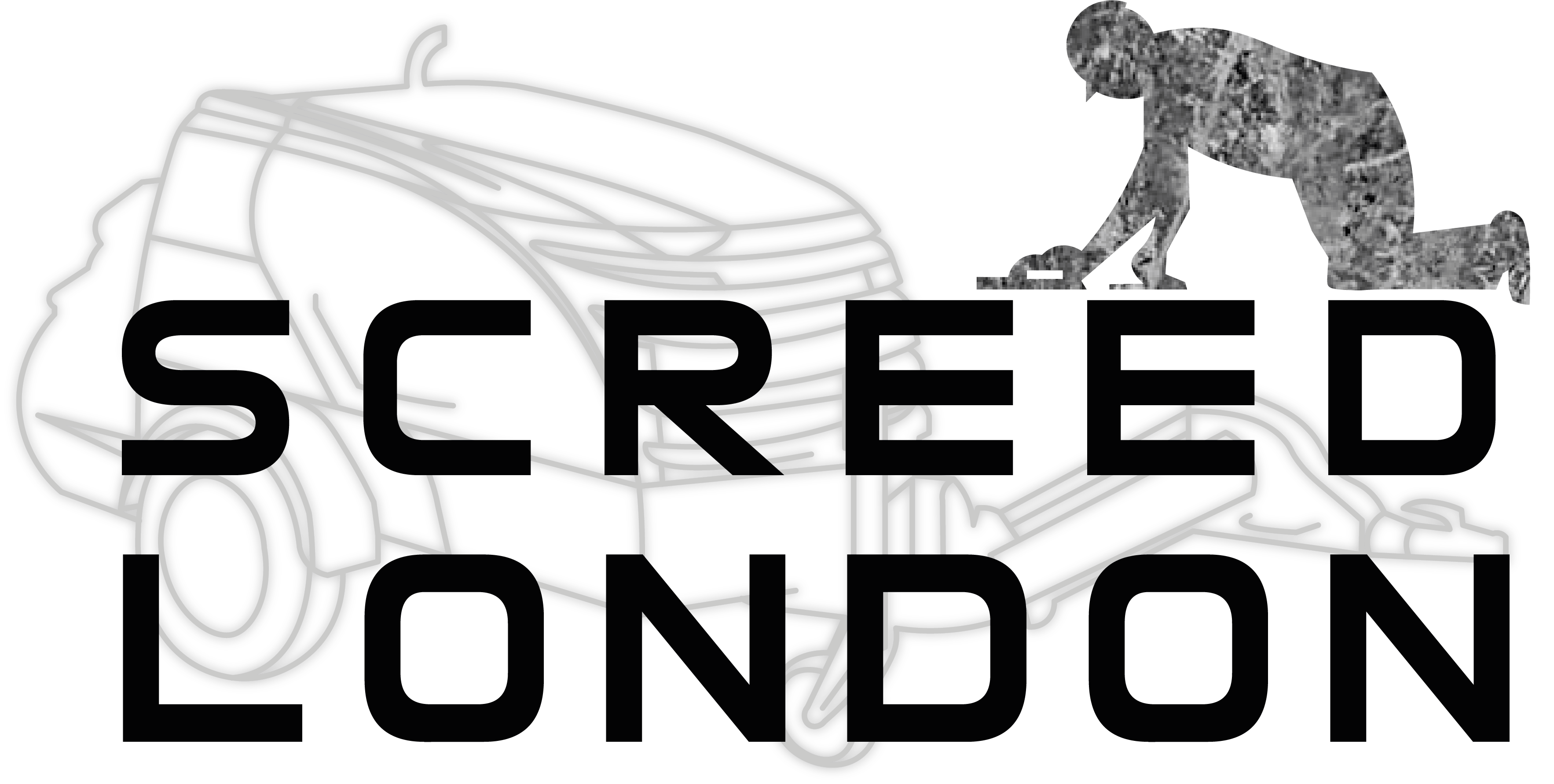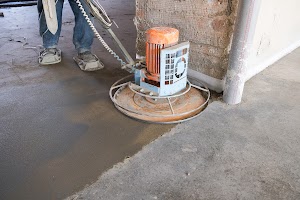What Are Self Leveling Screed London
Levelling Compound For Concrete Floors | Self Levelling Grout | Screed Leveling
Put simply, screed leveling in London properties is when levelling screeds are used to form a flat and level surface, with adequate strength and resistance to indentation, on which other flooring is laid. When screed levelling is done by London based professionals, it can provide sufficient depth to incorporate ducts, designed to contain services such as electrical power and telephone cables.
At Screed London, we know that screed levelling in London are increasingly being installed on Underfloor Heating Systems, largely due to the fact that they are known to provide a thermal mass for the heating to dissipate into, thus giving a consistent temperature across an area with a gradual rise and fall over time.
Another benefit of this type of screed levelling for our London customers, is the fact that the thickness of the screed allows it to take up normal variations in both the flatness and levelness of the base on which it is laid. Common types of flooring laid over levelling screeds in London include carpet and carpet tiles, linoleum, vinyl flooring and tiles, wooden blocks, and ceramic and terrazzo tiles.
When it comes to screed levelling in different London premises,it is important to know and note that levelling screeds are not intended to act as a wearing surface and, as such, should always be covered with a final floor finish. When selecting the screed levelling type required for your London project, this should be chosen depending on the type of base slab, the need to incorporate acoustic or thermal insulation and the final floor finish.
These types of build up are defined as ‘bonded’, ‘unbonded’, ‘floating’ and ‘underfloor heating’, just some of the screed levelling options for our London clients.
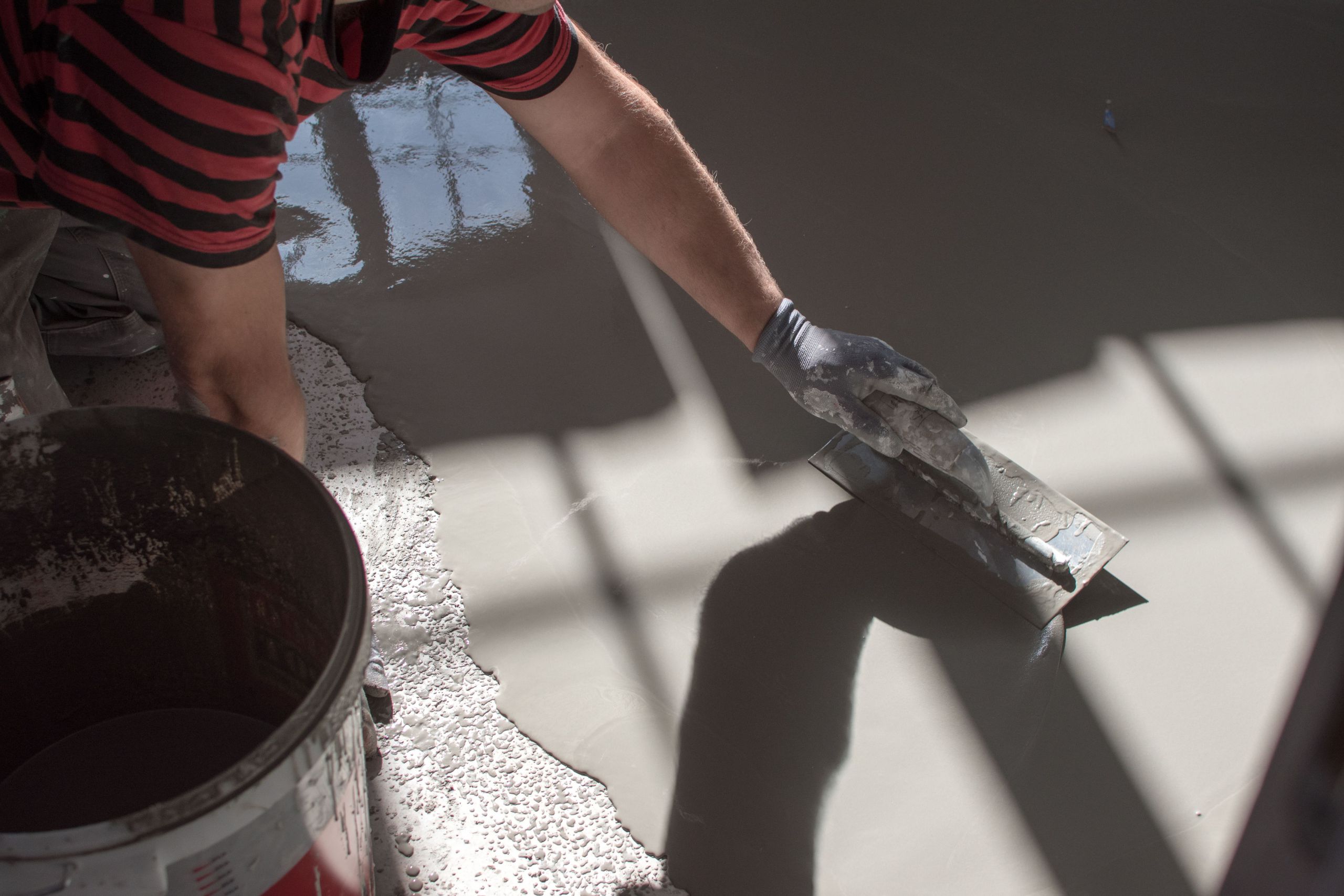
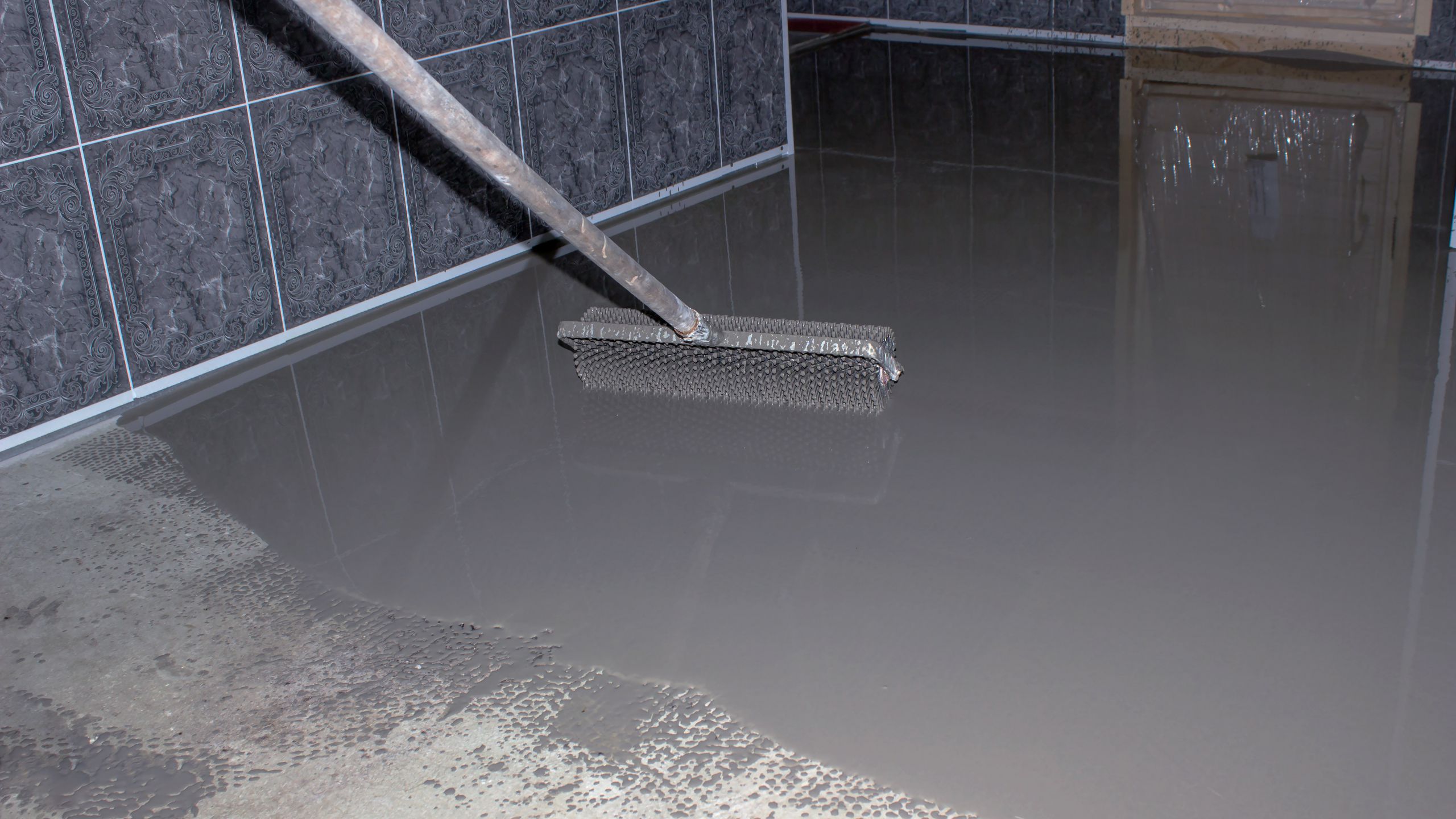
Self Leveling Screed London – How is it used ?
For many of our projects, self levelling screed for London clients is an essential component when forming a level surface for the application of tiles, natural, or wood floorings, with this kind of screed levelling used as a finishing product on top of a hard concrete base, or used to encase underfloor heating pipes.
This particular type of self levelling floor screed, used in London premises of varying kinds,
is made up from a mixture of sharp sand, cement and water, and the solution can be mixed by hand in a bucket, using a mixing paddle. If the self levelling screed is being used for bigger London projects, it can be mixed using a screed pump before being dispersed through a hose pipe attached to the pump.
At Screed London,we suggest that for some self levelling screed jobs in London ready screed solutions are sometimes the easiest option, particularly if you haven’t worked with the material before, and consultant a screed levelling contractor in London beforehand is advisable before all UFH work.
When it comes to the traditional self levelling screed laying process, it’s best to mix the sand and cement on site with a mixer. For self levelling screed work in London, however, and the extensive labour required in mixing the screed, there has been a gradual shift towards using ready screeds. Any finished self levelling screed should be smoother and more workable than normal concrete, but must also contain enough concrete to hold it together and avoid it cracking further down the line.
For some projects, self levelling screed works for London buildings when applied as a smooth finish on new floors or to level out existing floors, and is made up of one part cement to four parts water and is normally applied with a straight-edge, wooden / plastic float and finished with a trowel or power-float.
When using self levelling floor screed for your London project, you should allow one week of drying time per centimetre depending on how deep the level of screed is. For a leveling compound for concrete floors in London buildings, where screed thickness measures more than 5 centimetres you should generally allow a little longer. Once the screed has been left to properly dry out, you can then begin laying the finished flooring on top.
When to Use Self Levelling Screed for your London Project
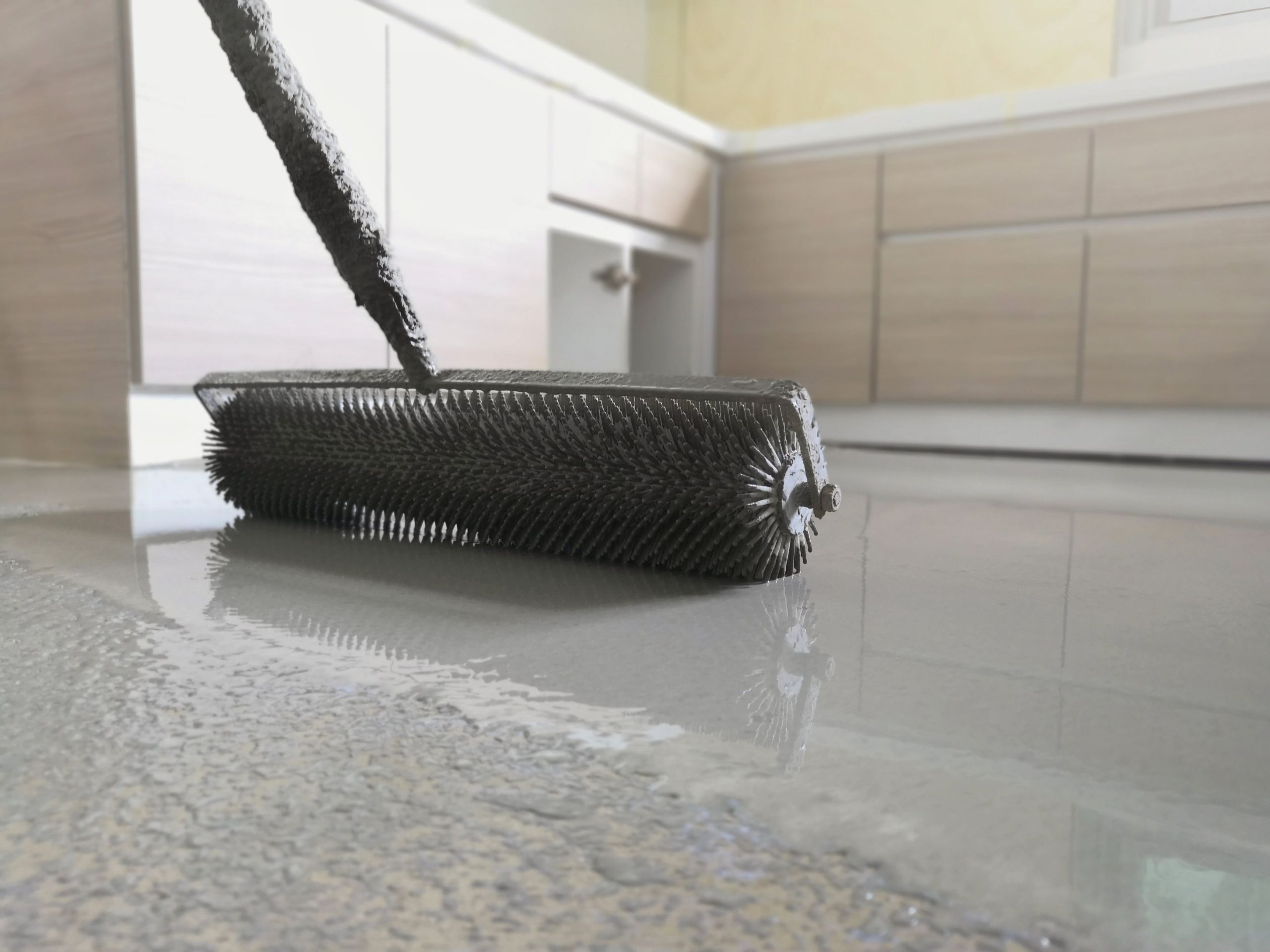
When using self levelling screed for London projects to get a concrete floor slab level, it depends on how much it is out of level in the first place. Screed levelling at London premises is only for use when the floor is out of level by 5mm or less.
This can be checked in the following way.
- Strip off all existing carpets, tiles or other flooring before starting screed levelling
- Brush the floor thoroughly removing any carpet tape, carpet gripper, tile adhesive or nails
- Drop a marble or golf ball in across the floor and see which way it rolls to determine where the floor is at its lowest
- Use a long spirit level to measure exactly how much out of level it is, preferably a a 6 foot level for a proper level because it is such a big area, before holding the low end of the level until the bubble is in the middle, then measure the gap between the floor and the raised end of the level
These measures are essential for all screed levelling work in London.
Benefits of Concrete Floor Levelling
- Self-levelling screed used on London sites is a polymer-modified cement, which does not need large volumes of water to be added to it for proper placement and screed levelling.
- Self-levelling concrete is used to create a smooth, flat surface with very high compressive strengths, a great levelling compound for concrete floors in London buildings.
- This kind of screed levelling can be installed on top of concrete, wooden, plywood, or ceramic floors and more, making it highly versalite.
- Using a levelling compound for concrete floors in London is now among the fastest flooring trends for both architects and commercial property owners in many buildings.
- It is quick and easy to install.
- Hypoallergenic, a great benefit of self levelling screed.
Advantages of using self levelling ground for your concrete floor levelling in London include
a reduction as well as fewer damaged floors and reduced repair costs, making it a great choice for level floors.
